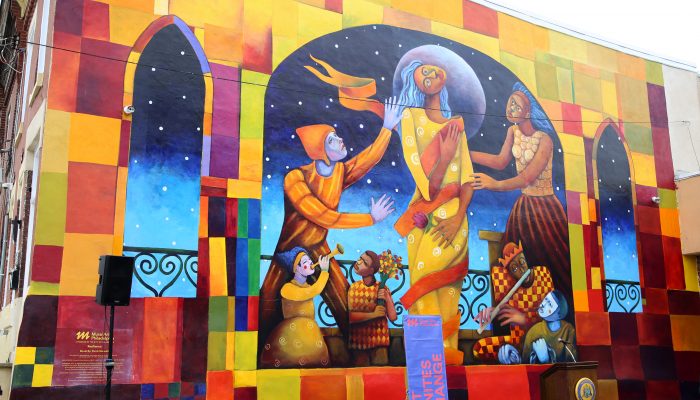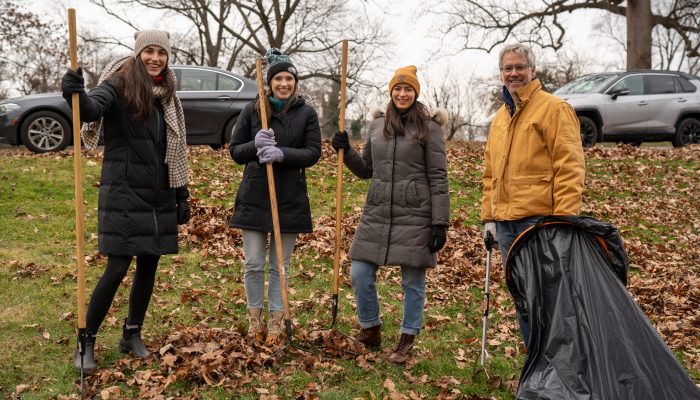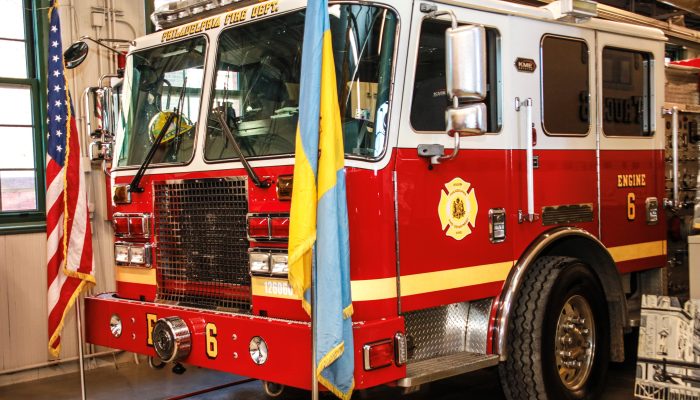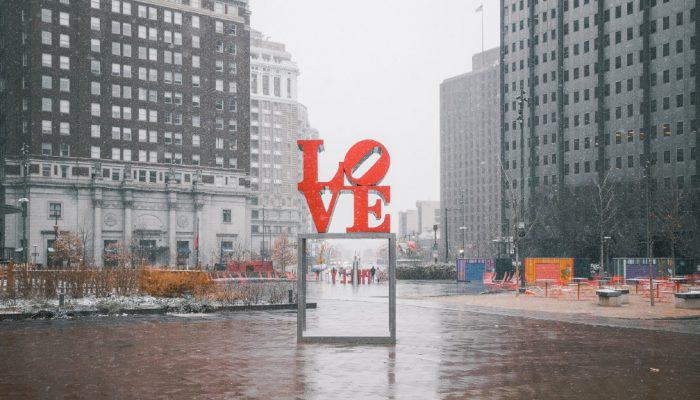This post was written by Gabe Halperin-Goldstein, Opioid Response Unit
At the end of 2019, before COVID-19 changed our lives, the City was wrapping up the Philadelphia Resilience Project, a two-year effort to combat the opioid crisis in Philadelphia. Through this effort, 35 City offices took part in a joint emergency response to the epidemic, focusing on the most pressing needs and critical neighborhoods, including Kensington and surrounding areas.
While the Resilience response concluded in December 2019, the work did not. Soon after, the City started the Opioid Response Unit (ORU) to continue the work and ensure that battling the opioid crisis response remained a City priority. Today, the ORU is focused on citywide opioid response strategies, targeted interventions in opioid overdose hotspots, and aligning City resources across departments. More than a year after launch, the ORU is urgently responding to new challenges that nobody could have predicted.
To chart that course, the City has now released the Philadelphia Opioid Response 2021 Action Plan which informs Philadelphians about the administration’s efforts to address the opioid crisis, including:
- A description of the ORU.
- Trends in substance use.
- Progress made in 2020, including lessons learned during the Covid-19 pandemic.
- Goals for 2021 and beyond.
The trends in the report confirm what we have been hearing for months: 2020 has been a challenging year. It has been hard on people with substance use disorder, hard on their friends and families, and hard on impacted communities impacted.
The report demonstrates another truth we already knew: Philadelphians always find a way to show up for one another. As three different public health crises—opioids, COVID-19, and gun violence– hit at the same time, residents in areas most impacted by substance use have stepped up to keep each other safe.
There are no quick fixes to these issues. But the ORU is committed to relieving the burden of opioids and other substances on communities, no matter how long it takes.
What is the ORU?
The ORU brings together leaders from different City departments to address Philadelphia’s opioid crisis. It ensures everyone is working together with the same strategy and is sharing resources and expertise. The ORU team began meeting regularly in February 2020 to build upon work that the Resilience Project had begun.
The mission of the ORU is to save lives and promote the healing of communities by preventing and treating opioid use disorder, and breaking the cycle of the opioid burden on communities.
To achieve this mission, the ORU is guided by a five-year plan to
- Use a data-driven focus on root causes.
- Collaborate with communities.
- Strategically mobilize resources.
There are four strategy groups that divide up this responsibility:
- Community support.
- Prevention.
- Public Safety.
- Treatment.
Latest trends
The report shows some of the latest trends in drug overdoses in Philadelphia. These trends highlight the growing impact of drug overdoses since the stay-at-home order in March, and the increased burden of overdoses on Black and Latinx communities. In 2020, Philadelphia witnessed:
- The highest number of fatal overdoses in a year since the City began counting.
- An increase in overdoses among Black and
- A wider geographic reach of fatal overdoses, including an increase in North and West Philadelphia.
- A high percentage of overdoses occurring in a personal residence.
Public health experts have identified several possible reasons for these trends. The COVID-19 pandemic has caused extreme levels of unemployment and social isolation. It has also reduced access to behavioral health treatment.
In addition, fentanyl is increasingly being found in new drug sources, including cocaine and methamphetamine. Fentanyl is a synthetic opioid that is 50 times stronger than morphine.
Racial Equity
The ‘War on Drugs’ refers to an aggressive policing model of drug possession used in Black and Latinx neighborhoods beginning in the 1980s. Its legacy, along with systemic racism, set the stage for the racial inequities that the ORU is addressing today.
This has had immense impacts on Black and Latinx communities, including increased incarceration, fewer economic opportunities, lesser access to housing resulting from the criminalization of drug possession, use and sale, even of small amounts. Some keyways the ORU is working to address the specific needs of these communities include:
- Support to community-based organizations promoting harm reduction in neighborhoods that are predominately Black, Indigenous, and People of Color.
- Accessible public education about risks of drug use and effective safety precautions
- Building relationships with neighborhood committees in impacted neighborhoods.
- Diversion of people arrested for low-level misdemeanors away from the criminal justice system.
These changes are just the start of an ongoing effort to tackle racial inequity in response efforts.
COVID-19 lessons learned
The Covid-19 epidemic demanded new solutions to how we live and work together. Some of the ways we’ve adopted to the Covid-19 virus will also aid our efforts to combat the opioid epidemic. Several main adjustments include:
- Emergency meals and Covid-19 testing for communities impacted by opioids.
- Virtual overdose prevention trainings, peer support groups, and community meetings.
- Innovations to “telehealth”, virtual behavioral health treatment.
- Expansion of City sanitation services.
These adjustments would not have been possible without the hard work of non-profits, neighborhood organizations, and City departments that stepped up beyond their normal responsibilities.
The year ahead
The dire conditions of the opioid epidemic demand an ongoing response. Each strategy group has established goals for 2021 to reduce overdoses and improve quality of life. Some notable goals include:
- A multi-step ‘Fentanyl in Everything’ public awareness campaign to inform the public that fentanyl is being found in all street drugs.
- The launch of Kensington Community Resilience Fund, a community-driven project to distribute grants from philanthropists to Kensington non-profits.
- The opening of the Kensington Police District.
Challenge for the future
When the ORU launched, it had one major advantage – nearly three years of experience from the Resilience Project to draw upon. So, what is the challenge? The lack of funding due to Covid-19 has prevented evidence-based programs from scaling.
The ORU strategic objective to “Scale Permanent Supportive Housing” is the most notable example of this. Data indicates that people with stable housing are unlikely to return to homelessness, and are more likely to recover from substance use disorder. This means that housing supports such as low-barrier entry-level housing, Housing First models, and daytime engagement where unsheltered residents already live both reduce costs and support nearby communities. But without the necessary funds, the ORU has not found a way to implement these housing supports on a large scale.
Other programs such as Police Assisted Diversion and Community Life Improvement Project (CLIP) face similar budget related challenges.
Looking forward
Philadelphians have demonstrated remarkable resilience in the face of loss, isolation, and economic hardship during 2020. The ORU remains committed to its five-year plan and invites residents to reach out if they would like to get involved.
ORU Director Noelle Foizen can be reached at Noelle.Foizen@phila.gov.




